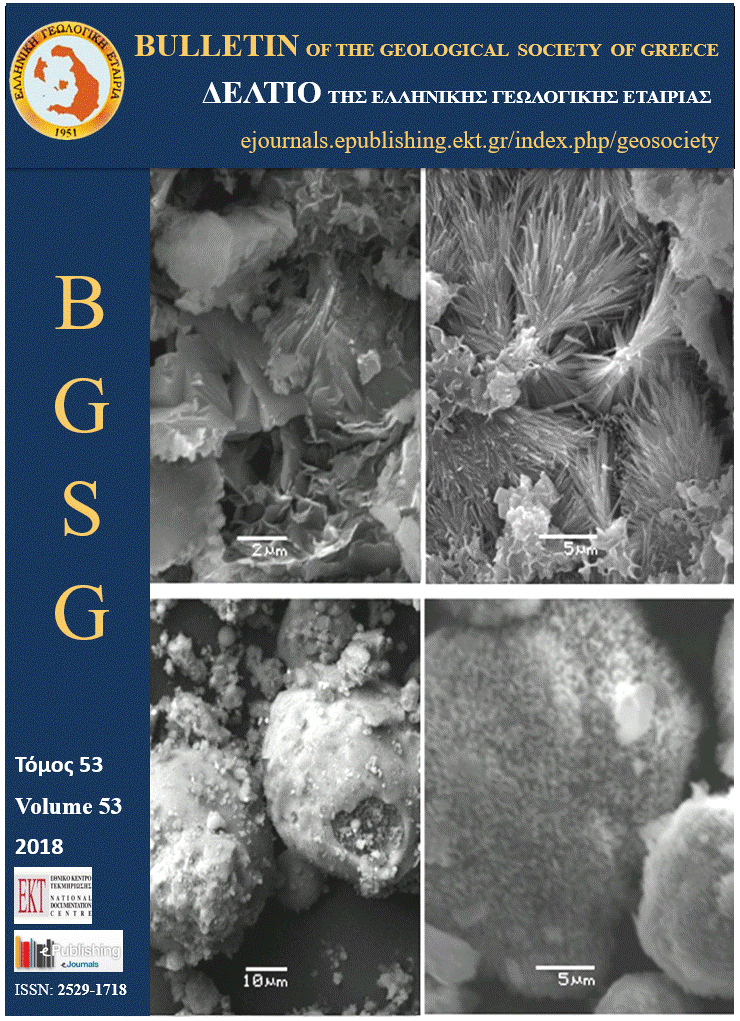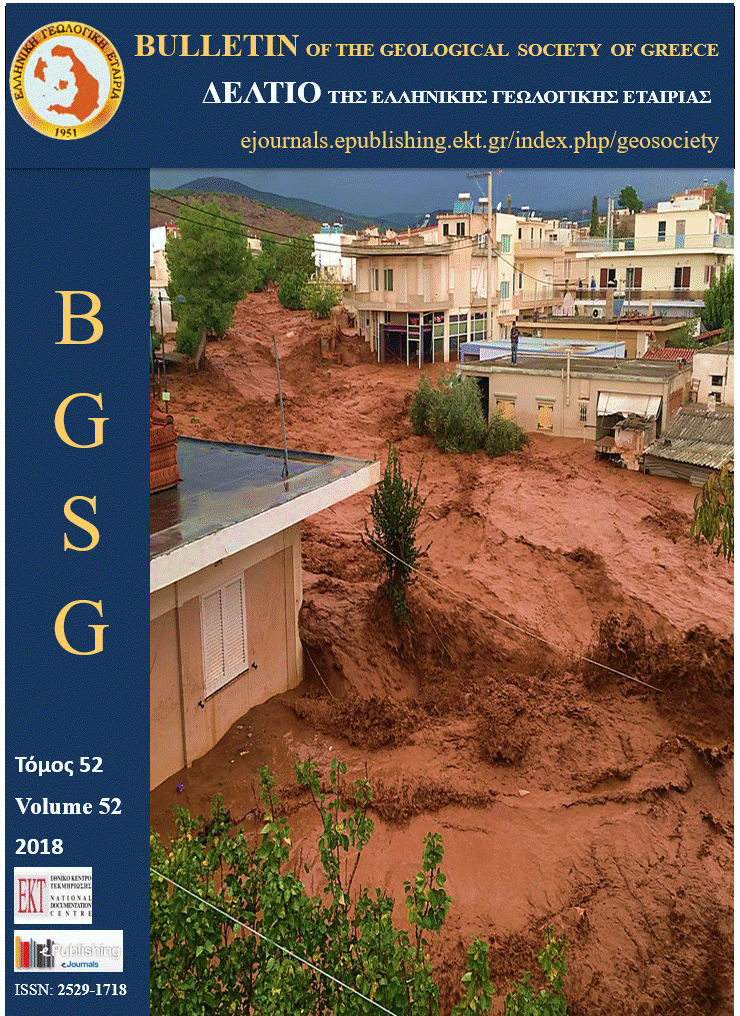Underground quarries in the area of Agiades, Samos Island, Greece: Notes on historical topography and chronology

Abstract
This paper shows the need for cataloguing and comparing tool marks left on the quarries’ front in order for the chronological sequence of the different phases of limestone exposed in underground quarries at Agiades, Chora Samos, to be assessed. Up to now, an archaic and a roman phase of exploitation is inferred by surface pottery, tools, tool marks, the monuments themselves, and parallels from underground quarries on the island of Crete. The proximity of the quarries to a temenos of Apollo and the Nymphs is comparable to other cases from the Greek world. In an attempt to understand the social status of the quarrymen and their level of literacy, data from the graffiti observed in Eupalinos’ tunnel were correlated with the lack of patronym and ethnonym observed in quarries in the Aegean, and related to the characterization of the Samians as «πολυγράμματοι». A control of Hera’s sanctuary over the quarries at Agiades is implied by the frequent appearance of the letters HP on slabs used in Eupalinos’ tunnel.
Article Details
- How to Cite
-
Tziligkaki, E., & Stamatakis, M. (2018). Underground quarries in the area of Agiades, Samos Island, Greece: Notes on historical topography and chronology. Bulletin of the Geological Society of Greece, 53(1), 161–192. https://doi.org/10.12681/bgsg.18835
- Section
- Ore Geology, Mining Technology and Economic Geology

This work is licensed under a Creative Commons Attribution-NonCommercial 4.0 International License.
Authors who publish with this journal agree to the following terms:
Authors retain copyright and grant the journal right of first publication with the work simultaneously licensed under a Creative Commons Attribution Non-Commercial License that allows others to share the work with an acknowledgement of the work's authorship and initial publication in this journal.
Authors are able to enter into separate, additional contractual arrangements for the non-exclusive distribution of the journal's published version of the work (e.g. post it to an institutional repository or publish it in a book), with an acknowledgement of its initial publication in this journal. Authors are permitted and encouraged to post their work online (preferably in institutional repositories or on their website) prior to and during the submission process, as it can lead to productive exchanges, as well as earlier and greater citation of published work.




